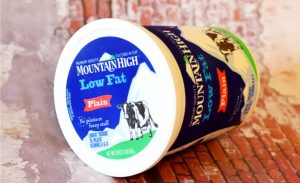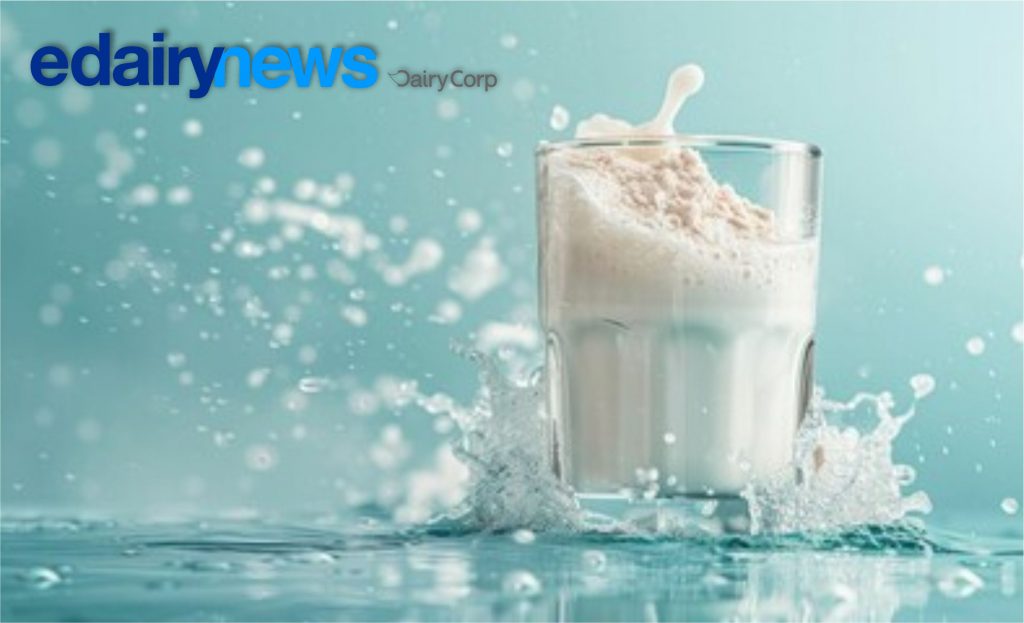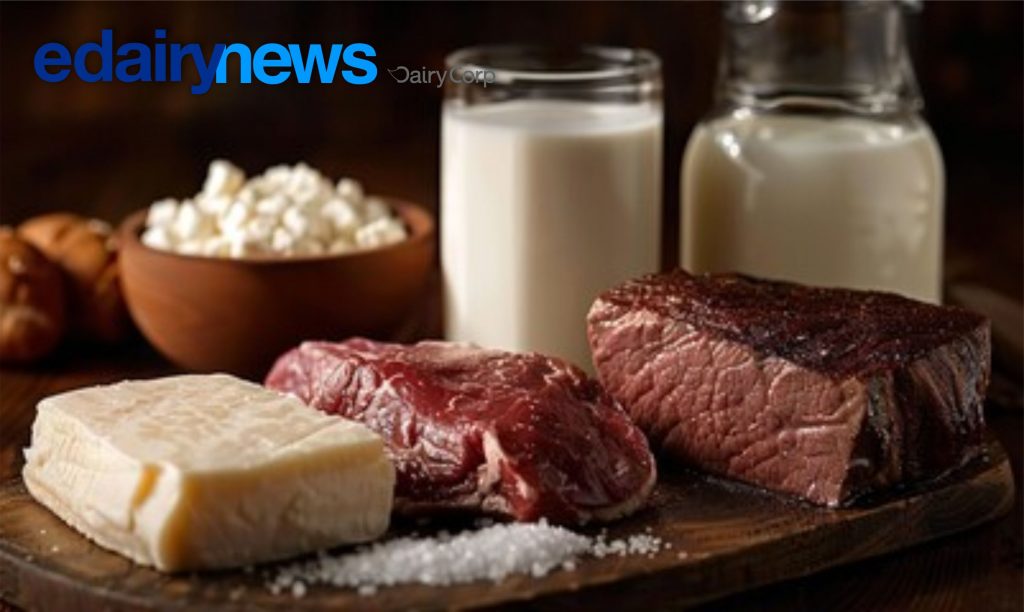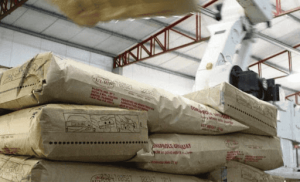It’s pumpkin spice latte season and the key to a really good latte is a milk that froths up well.
But sometimes, milk doesn’t froth up, and new research from the University of Guelph links the ability to get lots of bubbles in milk back to how it is handled on the farm.
Milk naturally has fat in it, but that can break down, creating free fatty acids.
David Kelton, an epidemiology professor at the University of Guelph and the Dairy Farmers of Ontario research chair in dairy cattle health, says those free fatty acids make it harder for the steam used to froth milk to make bubbles.
“If you think of it as you’ve got a sink with bubbles, you’re doing the dishes, and you pour some bacon fat in there, all of a sudden the bubbles disappear,” he said.
“The same thing is happening. These free fatty acids displace the protein on the bubbles that should be forming the froth for the milk and the milk just won’t froth or the froth breaks down very, very quickly.”
Answers found on the farm
Masters student Hannah Woodhouse visited 50 farms that were found to have higher free fatty acid levels and she and Kelton found two interesting things. One is related to the tubes used to transport milk and the other had to do with the cooling process.
Once a cow is milked, that milk is moved through a series of food-grade stainless steel pipes to a storage tank where the milk is cooled. The researchers found farms with narrower pipes had higher free fatty acids. Kelton says he consulted with engineers who told him that made sense because of fluid dynamics.
“There’s a lot more turbulence in a narrower pipeline so the fat globules actually bump into each other, bump into the side of the stainless steel pipe, break apart and release those fatty acids,” he said.
He said when it came to cooling milk, farmers normally do it in the bulk tank, but some pre-cooled their milk using specialized equipment.
“The farms that were cooling their milk more rapidly actually had lower free fatty acid levels,” he said, although he added they’re unsure why that’s the case.
Expanding research
Kelton says in Ontario, most milk is similar because it’s a “pooled” product, so milk with higher free fatty acids gets mixed in with milk with lower free fatty acids.
Most people won’t notice a difference between brands, but some people may notice a difference if they buy milk from smaller processors.
He says they plan now to expand the pilot project to 200 farms over the next few months to learn more about how farming practices impact free fatty acids in milk. That includes looking more closely at the way milk is cooled as well as what lactating cows are being fed.

![o país] tem que ter o seu território protegido, não somente em relação aos seus ecossistemas e meio ambiente, mas também com relação à produção agrícola](https://br.edairynews.com/wp-content/uploads/2024/09/1-120-300x183.jpg)









